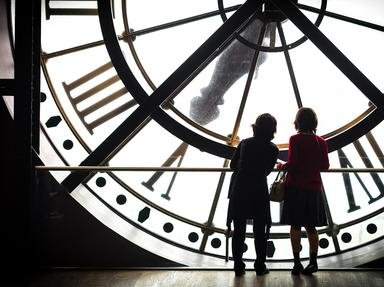
Another Measure for Measure Trivia Quiz
Most scientists use the SI unit system. Other units are still currently used. Your job is to match the SI unit to its corresponding non-SI unit. All numbers used in this quiz are written with the decimal comma, not the decimal point.
A matching quiz
by JanIQ.
Estimated time: 3 mins.